Falling demand and falling product prices have forced many Chinese factories to accept losses to complete orders.
When Kris Lin, the owner of a lighting factory in China, received his first order of the year, he faced a difficult choice: accept a loss and take the order, or not accept it and tell his employees not to come back after the Lunar New Year.
“But I can’t lose this order. If I do, I will lose this customer forever and threaten the lives of many employees,” said Lin, who plans to operate his factory in Taizhou, Zhejiang, at half capacity right after the Lunar New Year.
"If we delay production for too long, people will doubt our business. If this rumor spreads, it will also affect the decisions of suppliers," he said.
Prolonged factory production cuts are threatening small exporters in China, caught in a never-ending price war as business shrinks, high interest rates and protectionist trade policies sap demand.
China’s producer price index (PPI) has fallen for 15 consecutive months, eroding factory profit margins. Industrial output and employment in China are therefore under threat. China’s Ministry of Commerce figures for 2022 show that about 180 million people are employed in export-related jobs.
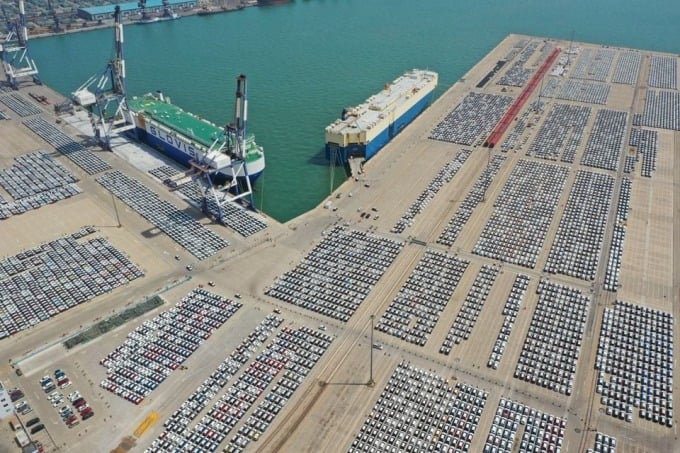
Cars for export at a port in Shandong (China) in May 2023. Photo: Reuters
Raymond Yeung, chief economist for Greater China at ANZ, said tackling deflation was more important than meeting growth targets at the moment. The consumer price index (CPI) in the world's second-largest economy fell 0.3% in December from a year earlier.
"When companies have to lower prices, employee wages are also reduced. This means consumers have no money to shop, creating a vicious cycle," he explained.
Profits at Chinese manufacturing companies fell 2.3% last year, with official figures showing factory activity shrinking for four straight months. Export orders have also fallen for 10 straight months.
For Lin, accepting a $1.5 million order from a customer would result in a loss, because the buyer's asking price was 10% lower than the cost of production.
Weak exports have forced policymakers to look for other drivers of growth, with analysts saying stimulating household spending is now a top priority.
“The more balanced growth is, the faster the downward pressure on prices will disappear,” said Louis Kuijs, chief economist for Asia- Pacific at S&P Global.
China has so far directed its financial resources toward manufacturing rather than consumption, which analysts say has exacerbated overcapacity and deflation fears, even in booming industries like electric vehicles.
Above Reuters, the director of a car factory in Zhejiang forecast that their output and exports will increase this year, but profits will fall due to fierce competition in the auto industry.
As the People’s Bank of China has pumped liquidity into the financial system to spur growth, banks have offered cheap loans to factories. But small companies have been reluctant to borrow.
“Many bank managers have called me. They seem very worried about not being able to lend. But manufacturing companies only need loans when they want to expand,” said Miao Yujie, a clothing exporter. In fact, Miao is considering closing down the company, having cut half its workforce last year but still not making a profit.
Private business investment fell 0.4% last year, while the sector accounts for 80% of urban employment.
The situation in China is reminiscent of the deflationary period of 2015, when the country had excess capacity in many key industries, such as steel. However, these products were mainly produced by state-owned enterprises. Authorities have reduced the size of many state-owned enterprises to reduce capacity, while accelerating infrastructure projects to boost demand.
“This time around, the situation is different, as the surplus is coming more from the private sector,” said Nie Wen, an economist at Hwabao Trust. These companies employ a large number of people, an area sensitive to Chinese authorities.
"Supply is unlikely to shrink this time. Therefore, China should make efforts to stimulate demand this year," Nie said.
Factory owners say the pressure to cut jobs is intense, even though they don’t want to. Yang Bingben, the owner of a factory in Wenzhou, said he thought about closing. But he decided to stay open because he felt sorry for his employees, most of whom are near retirement age.
But Yang doesn't know how much longer he can hold out. "This year is probably the best in the next decade," he said.
Ha Thu (according to Reuters)
Source link


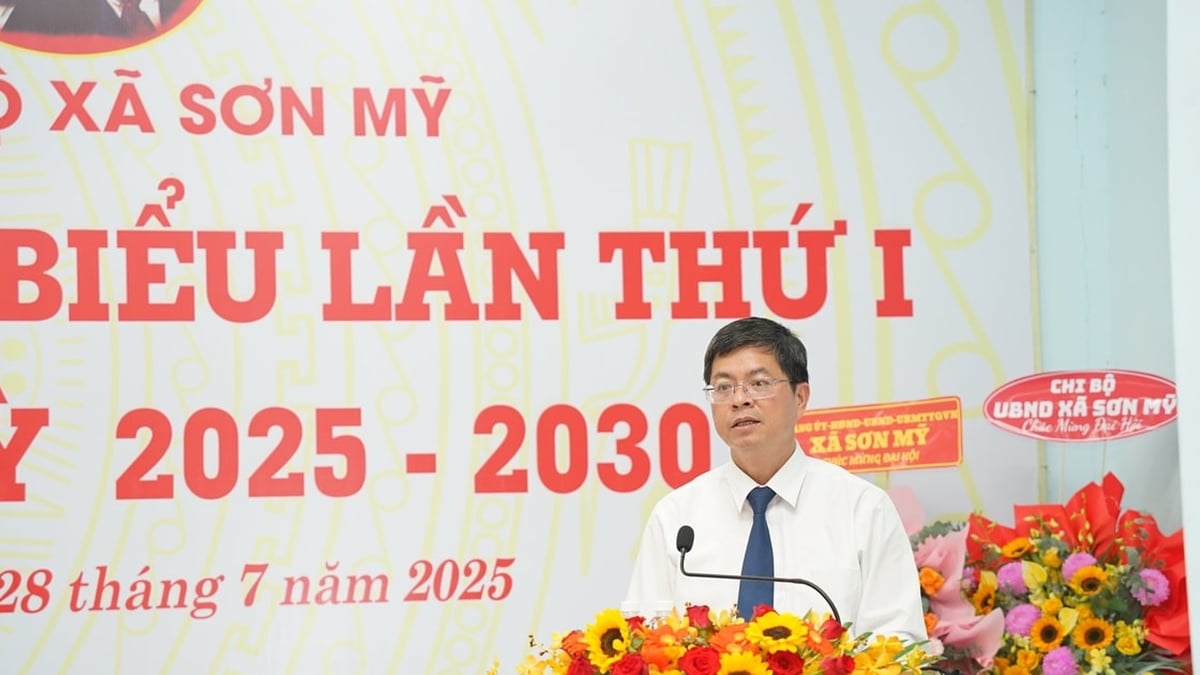



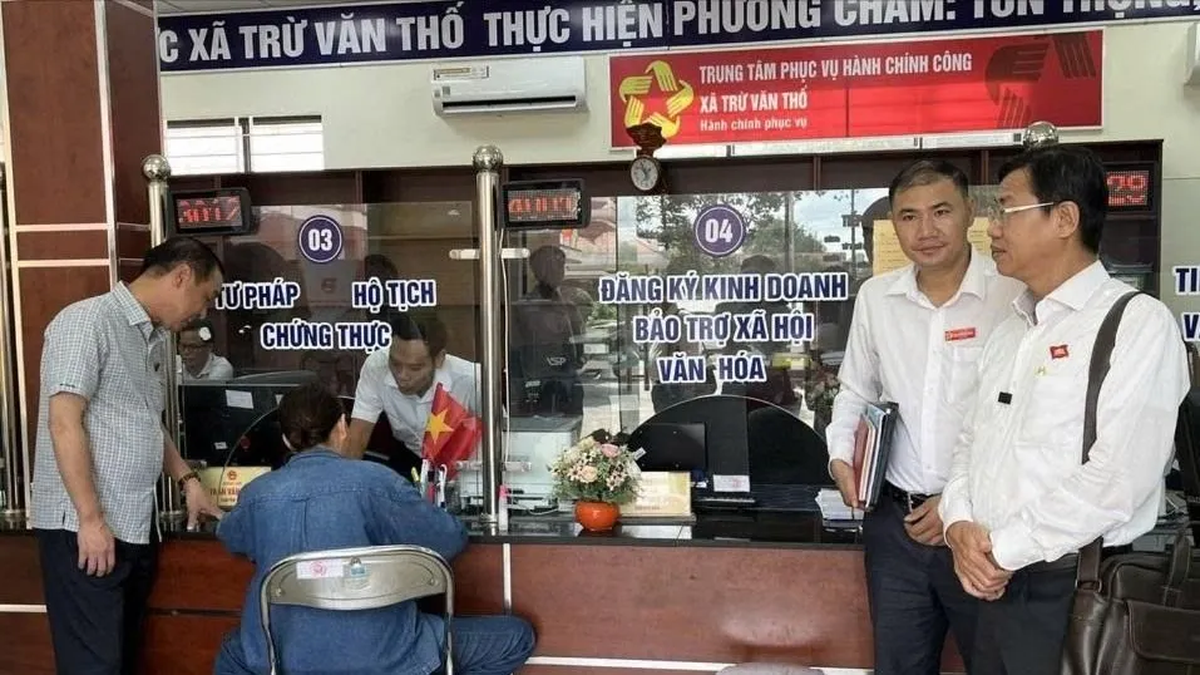
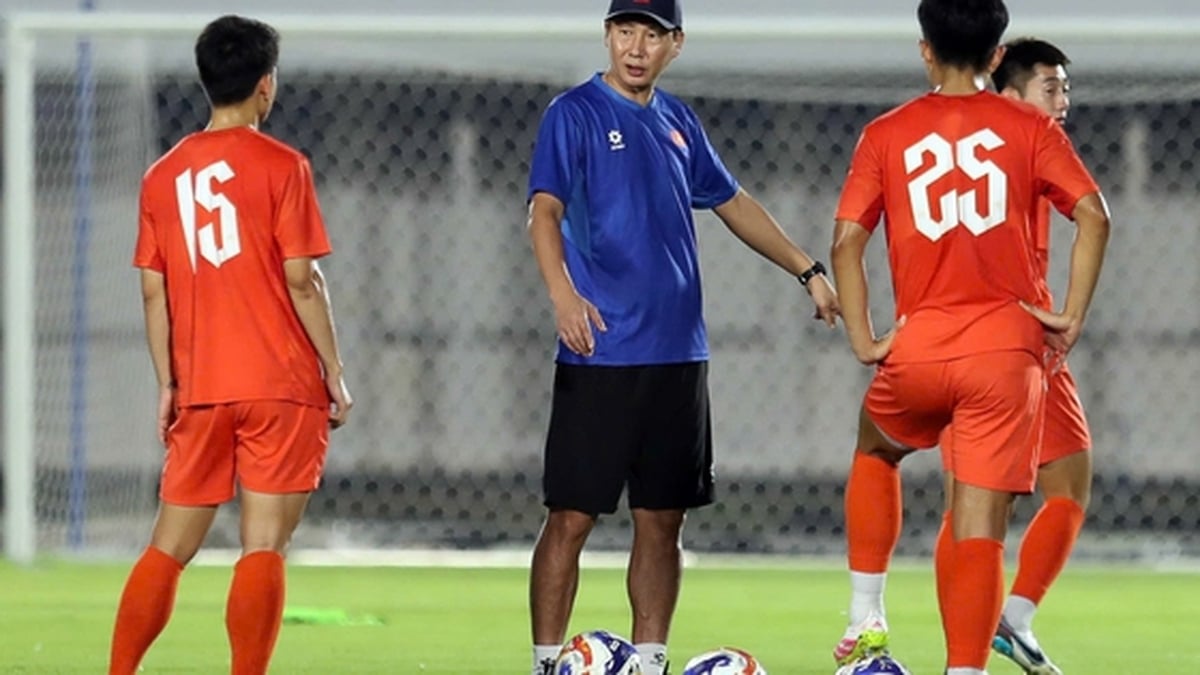

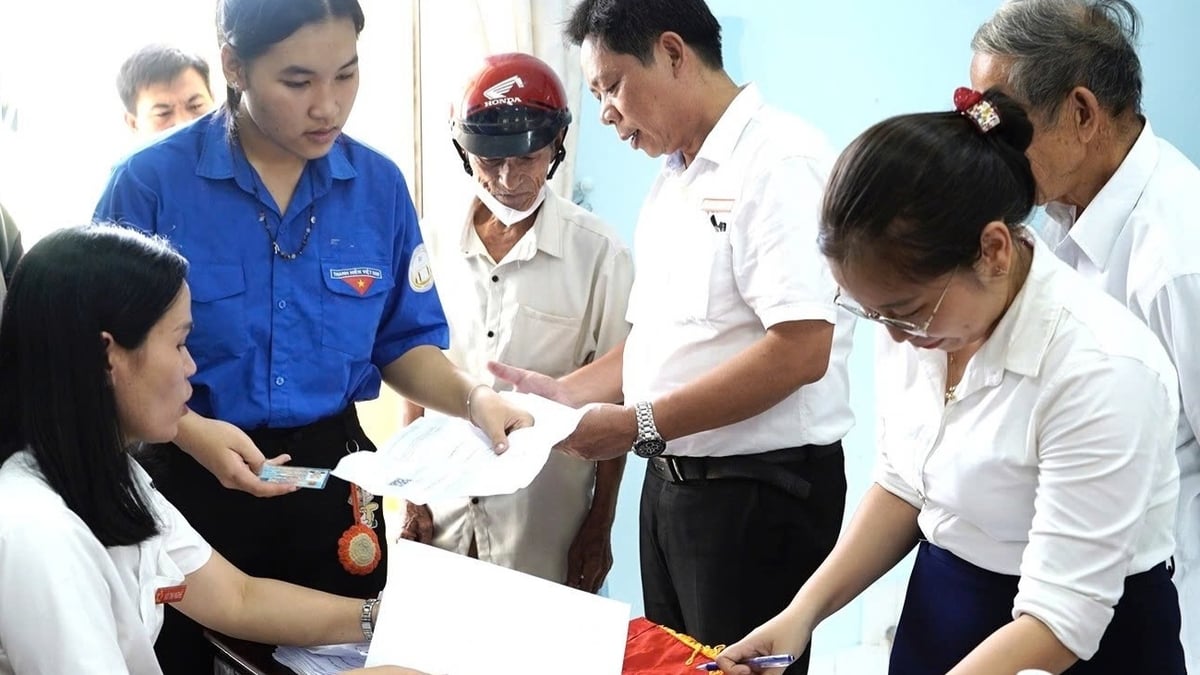
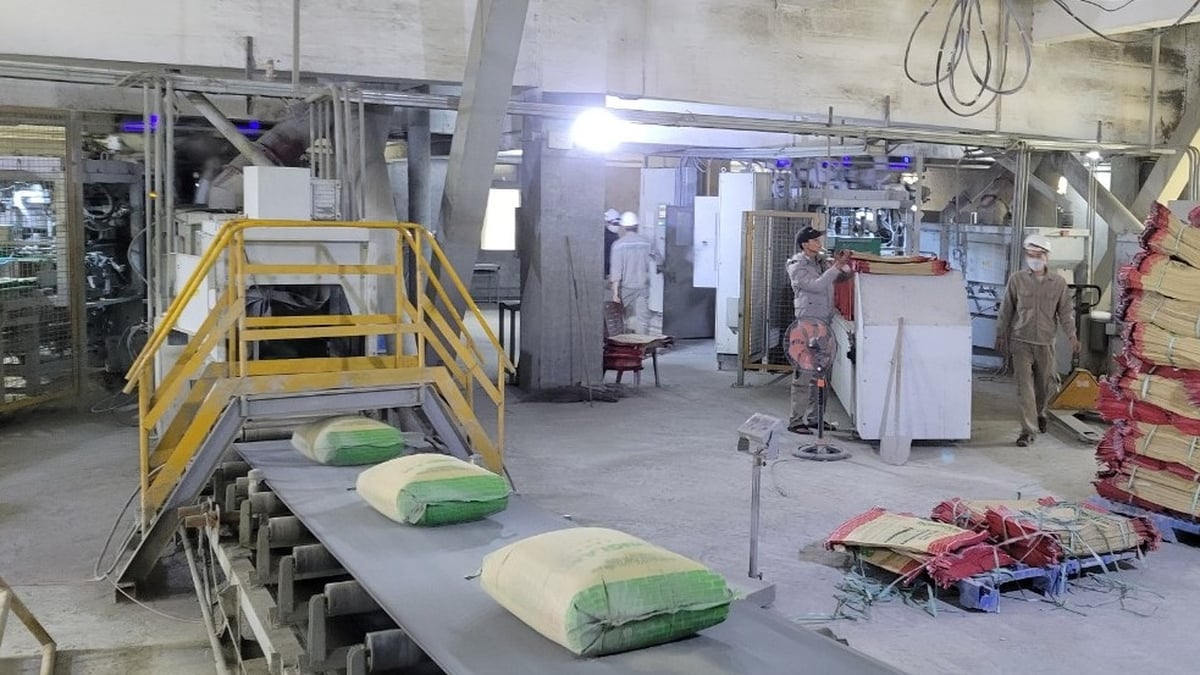












![[Photo] National Assembly Chairman attends the seminar "Building and operating an international financial center and recommendations for Vietnam"](https://vphoto.vietnam.vn/thumb/1200x675/vietnam/resource/IMAGE/2025/7/28/76393436936e457db31ec84433289f72)












































































Comment (0)